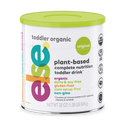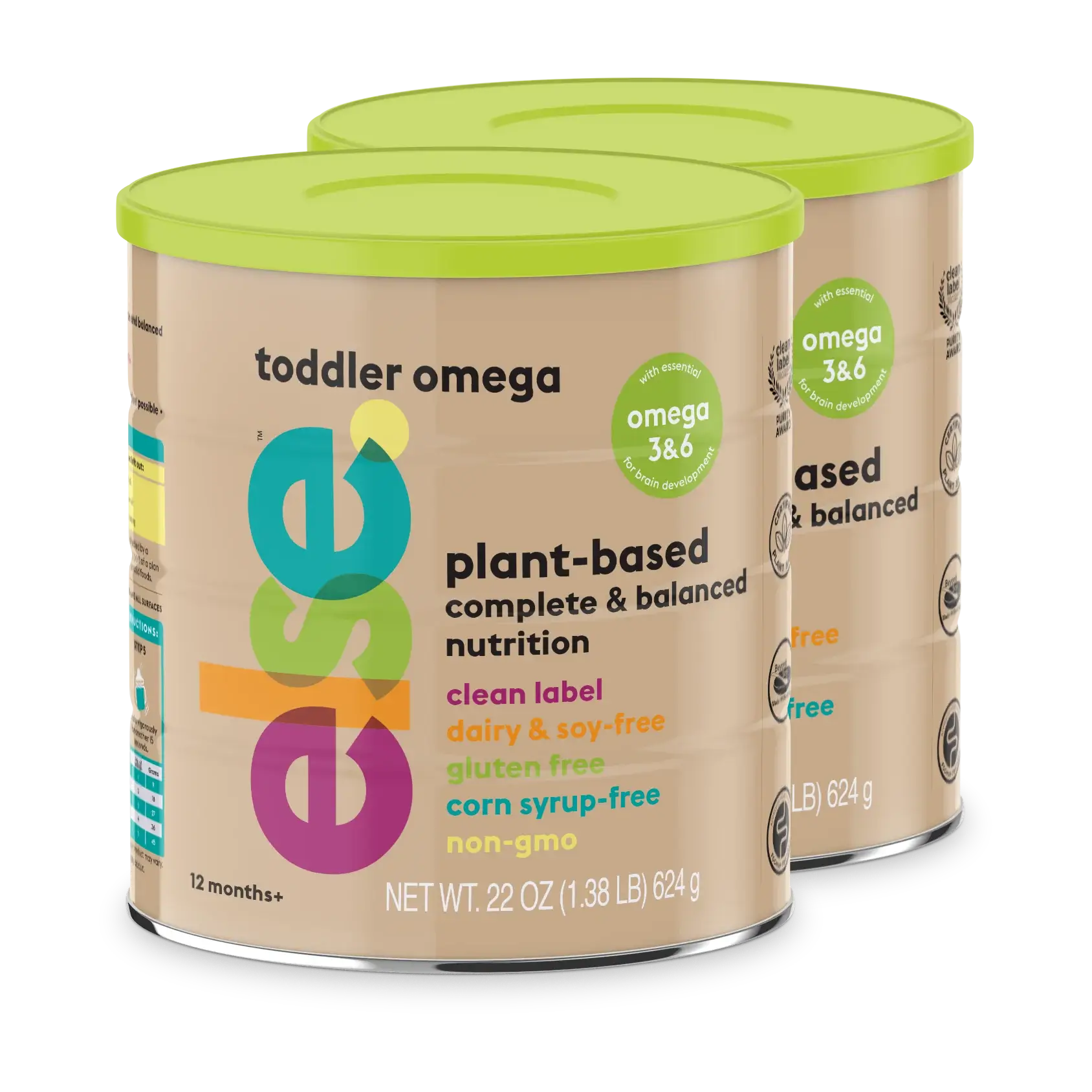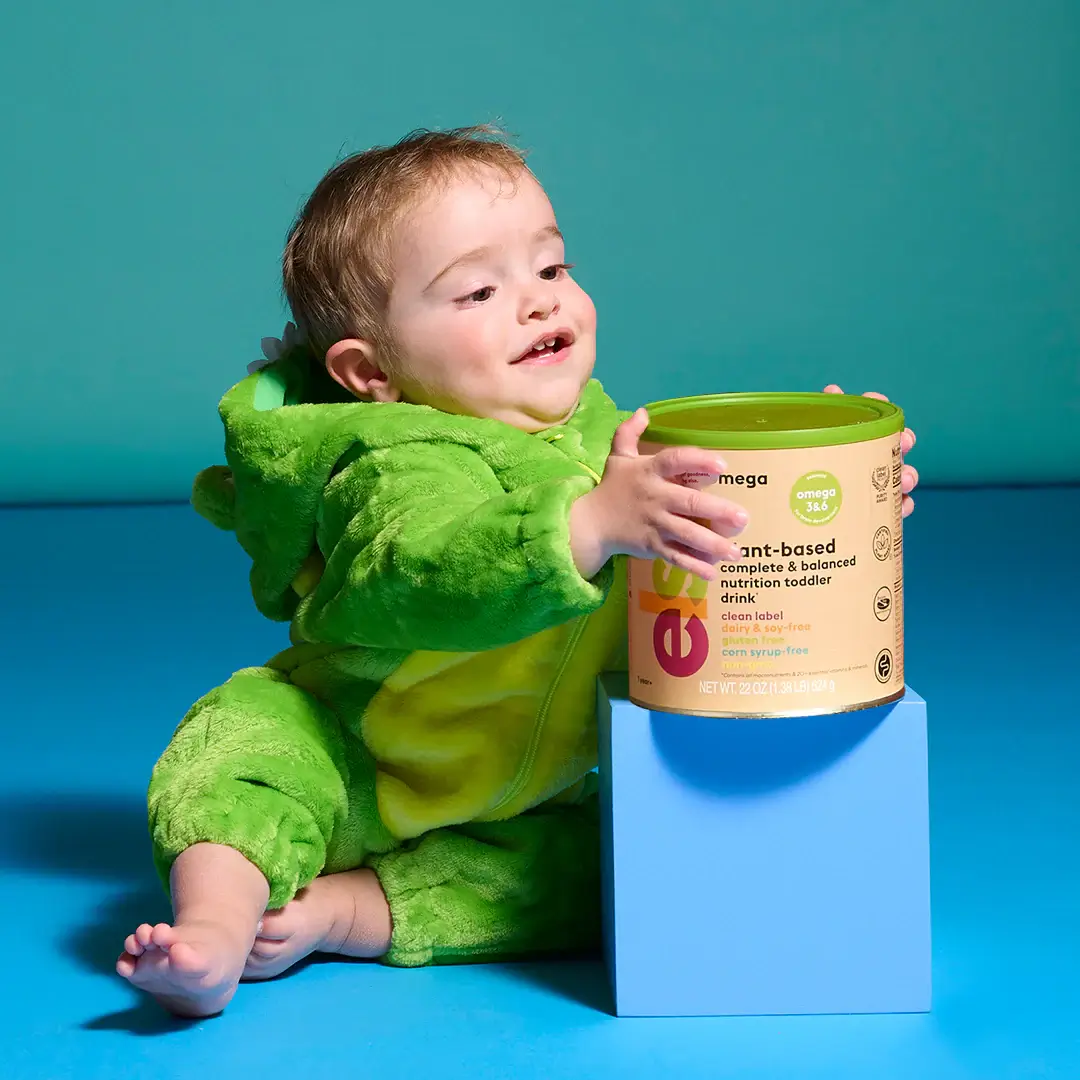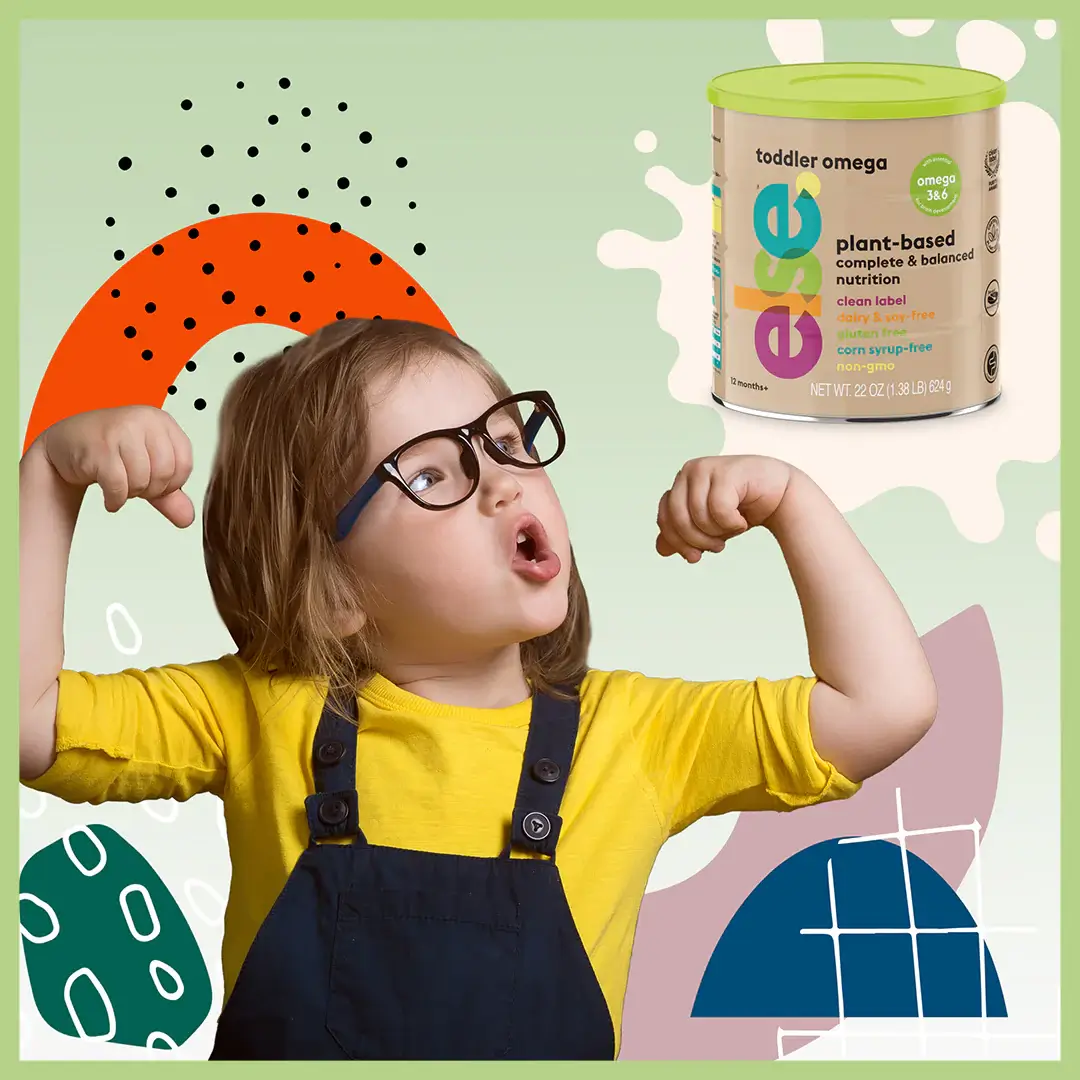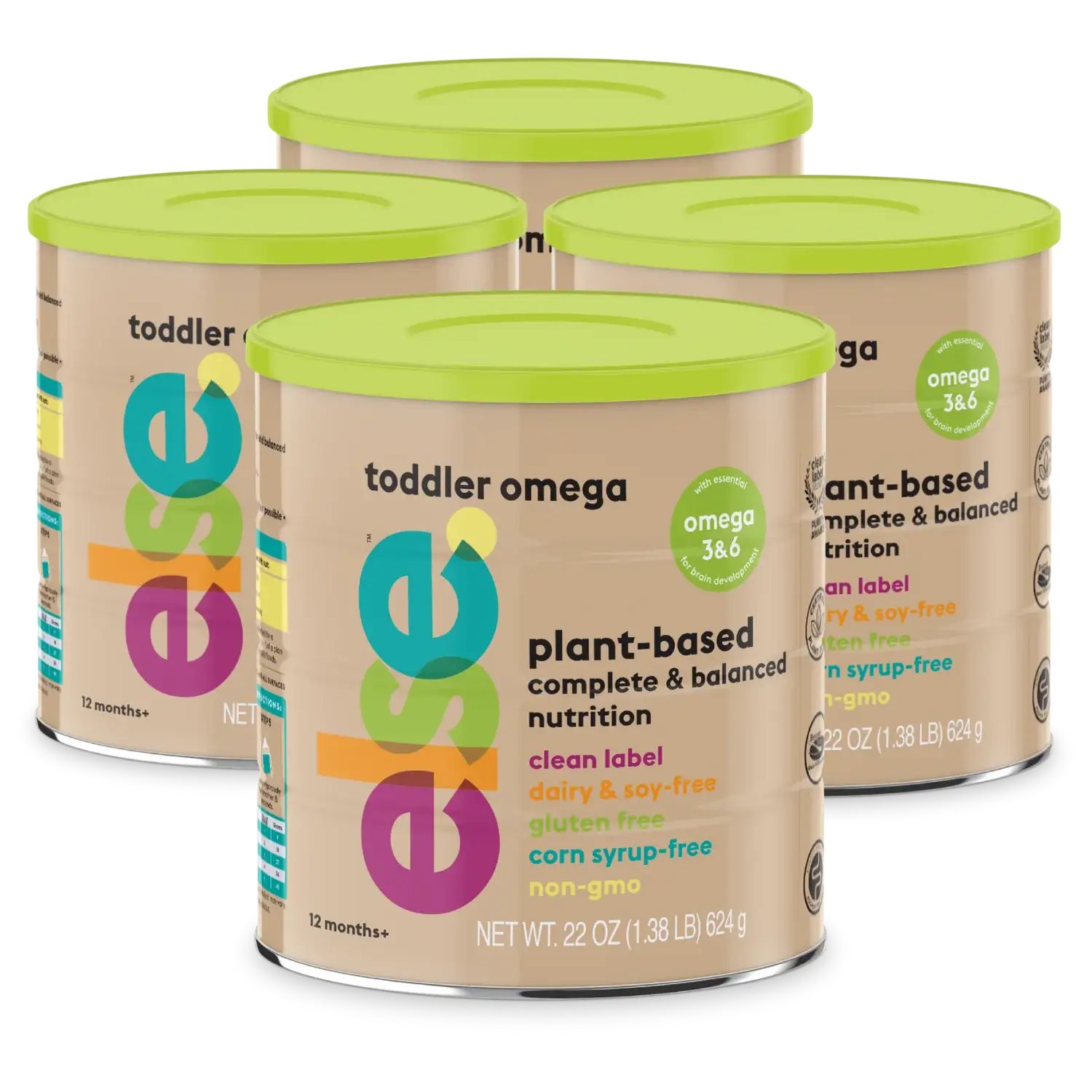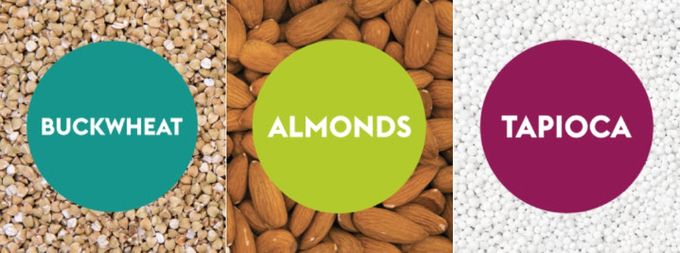Food Allergies in Babies: Finding an Ideal Supplement for Infants and Children
Learn more about food allergies in infants and discover an innovative buckwheat, tapioca, and almond-based nutrition designed for allergy-prone children
Updated June 27, 2024

The introduction of first foods can be an exciting and rewarding experience for both parents and infants. However, this process often raises concerns about potential allergic reactions to new foods. It's important for parents to be aware that certain foods pose a higher risk of triggering allergies in infants than in toddlers and older children.
Understanding the basics of food allergies and how they present in babies is crucial for navigating this milestone safely.
» Discover tasty, soy- and dairy-free nutrition for sensitive tummies
What Does It Mean to Have an Allergy?
An allergic reaction is an adverse immune response to a food, irritant, or environmental substance to which a person is sensitive. The immune system treats this exposure as if it could harm the body.
IgE antibodies cause the release of histamine from blood cells called eosinophils. This histamine is responsible for the symptoms typically seen in such reactions (source). It is common for the first exposure to elicit little to no reaction. With subsequent exposures, the immune system becomes “sensitized.’ Each time, symptoms become increasingly severe and potentially life-threatening.
» Explore allergy-friendly nutritious formulas for your little ones
How Common Are Food Allergies in Babies?
More infants and children develop food allergies each year. In the U.S., studies have shown that approximately 8% of children have at least one type of food allergy (source).
Peanuts appear to be the primary culprit in children, followed by cow’s milk, shellfish, and tree nuts. The risk of anaphylaxis appears to be higher when the child has asthma or an allergy to environmental allergens, insects, or medications.
» Explore the difference between lactose intolerance and milk allergy
In contrast, a French study found cow’s milk to be the most common food allergy in babies, followed by eggs, wheat, and peanuts (source). Of those infants studied, one-third experienced atopic dermatitis. In those infants at risk for anaphylactic reactions, hives, hypotension, and an altered neurological status were noted.
The prevalence of food allergies in babies varies globally. While peanut allergies predominate in Australia and the United Kingdom, wheat, egg, and milk allergies are more common in Asia (source).
» Understand the signs and symptoms of milk allergy in babies
There has been much debate as to why the number of infants and children with food allergies is increasing. One theory is the “hygiene hypothesis.” Current cleaning and sanitization practices, both in homes and commercially, have altered the human microbiome. This causes the immune system to react adversely to normal things in our environment (source).
There is growing evidence that infants who are exposed to pets or a farm environment are less likely to develop allergies. These “less clean” living environments are felt to be protective. Low levels of vitamin D have been shown to play a role, as has family history (source).
What to Expect When an Infant Has a Food Allergy
Infants who are exclusively breastfed for the first 6 months rarely exhibit food allergies. When they do, it is primarily due to breastmilk transmission of the allergens a mother consumes in her diet (source).
Formula-fed infants develop reactions much earlier due to consuming cow’s milk-based or soy-based infant formulas. Symptoms can range from simply a mild rash to moderate symptoms such as hives, vomiting, and blood-tinged stools. Anaphylactic reactions are characterized by facial swelling, lethargy, and loss of consciousness and require emergency medical intervention (source).
» Understand soy intolerance symptoms in kids
Most infant food allergies are detected during the introduction of new foods. When food is offered, most medical professionals suggest starting with a very small portion. If no allergy symptoms in babies occur, a larger portion may be offered.
» Find out if toddlers can outgrow milk allergy
It is generally recommended to introduce a single new food for three to five consecutive days. This way, the problematic food is easy to distinguish from foods that are tolerated. An allergic reaction may not be evident during the first trial but may develop with continued exposure and sensitization to this new food. Once it is clear that there is no allergic reaction, the food is safe to include in the infant’s usual diet.
» Learn how to safely introduce allergens to your baby
Management of Food Allergies
As a preventative measure, many pediatricians discuss the possibility of food allergies during the four-month-old well visit. If an allergic reaction occurs, a weight-appropriate dose of medication is administered at the first sign of a reaction. If symptoms progress despite this intervention, a medical professional should be contacted.
» Here's everything you need to know about hypoallergenic formula
In general, infants do not undergo allergy testing. Both radioallergosorbent tests (RAST) and skin prick tests give inconsistent results under the age of two (source). Serum IgE levels may be more indicative but not specific. Therefore, allergic reactions in this age group are primarily diagnosed based on symptoms.
Once a food allergy has been identified, an injectable, low dose of epinephrine is prescribed for use as a “rescue” medication in case of accidental exposure (source). In the event of a rapidly progressing allergic reaction or anaphylaxis, epinephrine should be administered immediately.
» Find out why a plant-based diet for kids with allergies is not just a trend
Prevention of Common Food Allergies in Babies
For many years, some medical authorities suggested that avoiding common food allergens protected children from developing food allergies. This was particularly the rationale for peanut allergies. However, in 2019, the American Academy of Pediatrics revised their avoidance policy, finding that there is no benefit to withholding peanuts, tree nuts, fish, and eggs after six months of age.
» Discover how to introduce peanut butter to babies
Studies have consistently shown that early introduction of common food allergens is protective against developing these allergies later in life (source). Since then, most health authorities agree that there is no reason to delay the introduction of these foods.
What Is Unique About Almonds
Almonds are a member of the tree nut family which also includes walnuts, hazelnuts, pecans, and cashews. While pistachios, macadamia nuts, Brazil nuts, and coconut are technically classified as tree nuts, they are structurally different and less associated with allergic reactions (source).
The tree nut protein components that cause reactions are often associated with that tree’s pollen. The oily outer layer of nuts can also be allergenic.
- Compared to other types of tree nuts, almonds have fewer allergenic proteins. One study found that less than 1% of children in the U.S. have tree nut allergies (source).
- Another found that in the U.S., Australia, Europe, and Latin America, the incidence of almond allergies is less than 8% (source).
» Here's all you need to know about almonds
Exceptions are higher rates are seen in Costa Rica and among specific populations in Germany, Spain, Sweden, and Switzerland.
The allergenicity of almonds may be more related to how they are processed rather than to the nut itself. Wet heat processing increases reactions to almonds in those who are also allergic to birch trees (source). Dry roasting methods are more likely to produce anaphylactic reactions to almonds in those who are sensitive.
Almond-based Nutritional Formula for Infants and Children
Because common food allergies in babies are increasing, an effort has been made to develop “allergy-free” products for infants and children. Instead of cow’s milk or soy, Else formula is made with almonds, tapioca, and buckwheat and can be ideal for those looking to avoid dairy and soy.
» Find out which foods to avoid for kiddos with soy allergy
Almonds provide the added benefit of a natural source of linolenic acid, an essential fatty acid important for growth and development. In addition, the processing techniques that increase the allergenicity of almonds are not used in its production.
There are various milk alternatives on the market made from ingredients such as rice, oats, hemp, and peas. Unfortunately, they are often low in protein and high in sugar. Else dairy-free formula has significantly less sugar than most of the current options, and it is also fortified with a variety of vitamins and minerals.
Else nutritional formulas cater to the diverse nutritional needs of infants, toddlers, and children, making them an optimal choice for a wide range of young individuals.
The content and advice provided in this article are for informational purposes only and are not a substitute for medical diagnosis, treatment, or advice for specific medical conditions. Always consult a pediatrician to understand the individual needs of your child.
Any infant or child with a known allergy to nuts or a potential allergy risk should consult with an allergist before consuming Else formulas and products.





